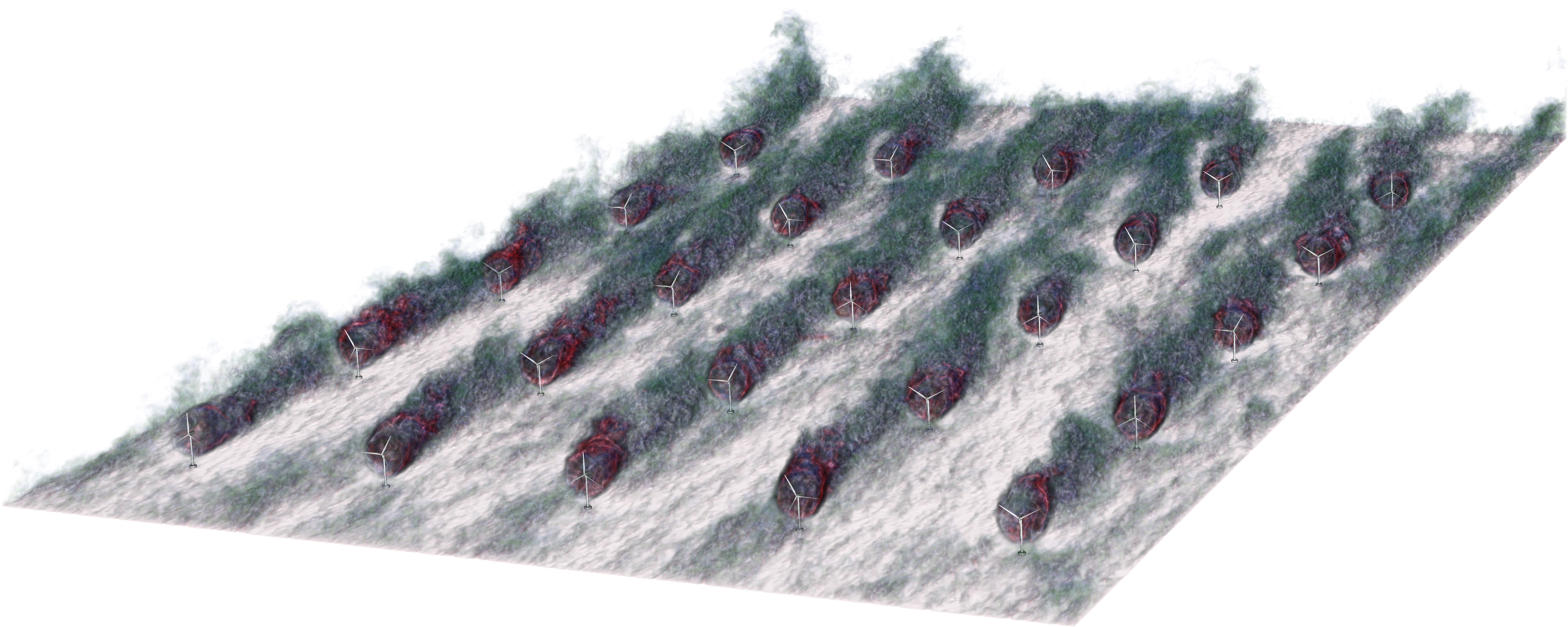Research
My research focuses on modelling flows that are encountered in energy, transportation, environmental and biomedical engineering applications. I am particularly interested in studying cavitation and bubble dynamics as well as wind energy aerodynamics through a combination of numerical simulations, theory, and data-driven techniques.
Bubble dynamics Bubbles are fascinating! Even though they are tiny, they can do significant damage to even the strongest of materials. They can also be used for drug delivery, medical treatment (tumour ablation, kidney stone fragmentation, tissue regeneration, pain management), cleaning of surfaces, and energy generation, to name a few other applications.


Aerodynamics I am interested in studying the wakes and aerodynamic properties of wind turbines and more generally, bluff bodies and rotors. Particular attention is given to the interactions that occur when these bodies are grouped together or exposed to atmospheric flows.

Methods My work relies heavily on computational modelling. I employ and contribute to the development of state-of-the-art solvers that can model a wide range of flows. Below is a list of some of the codes I like:
- Xcompact3d is an open-source high-order finite-difference framework dedicated to the study of turbulent flows.
- FronTier++ is a library providing high-resolution tracking for contact discontinuities and internal boundaries via the front tracking method.
- ECOGEN is an open-source platform for the simulation of compressible multiphase flows.
Most of the simulations are run on HPC systems, such as archer2, the UK’s national supercomputing service.
Besides computational modelling, I also enjoy working on theoretical and data-driven models.